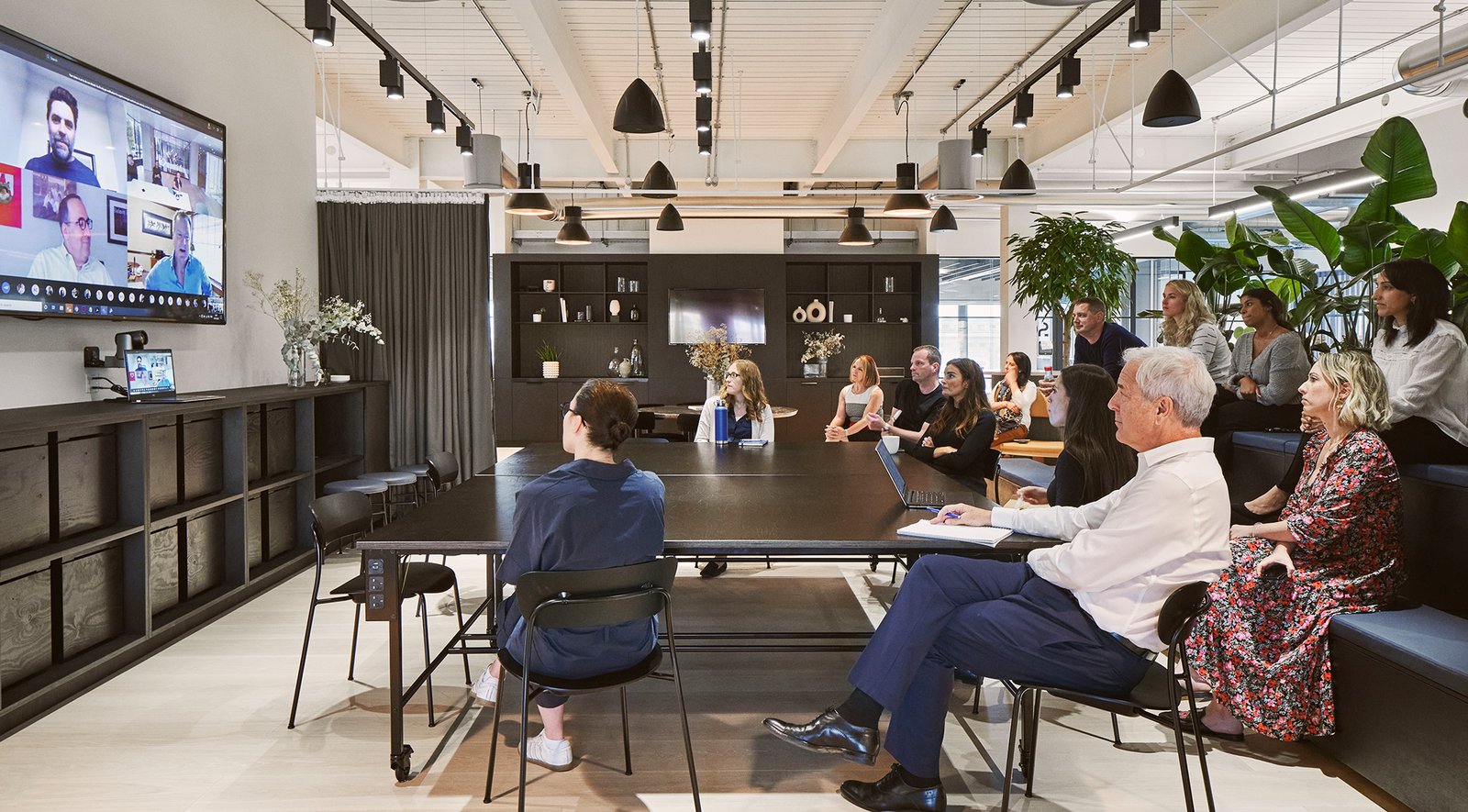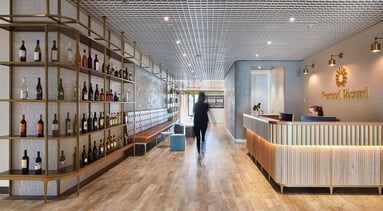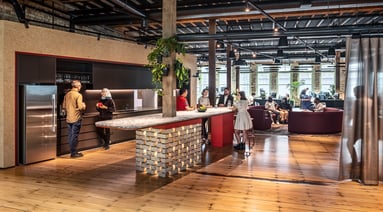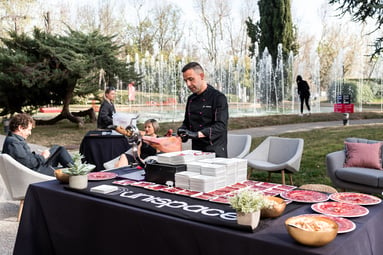Creating a workplace strategy to improve employee experiences

In a recent GlobeSt.com article, Albert De Plazaola, Senior Principal, Strategy, shares three ways companies can optimize their hybrid work models to create a workplace tailored to their employees' needs.
From our Global Workplace Insights survey of more than 16,000 employees and leaders across 17 markets, we found more than 50% of companies globally are using a hybrid work model. However, ineffective hybrid policies are causing problems. Many workplaces are jammed with people on some days of the week, creating a “rush hour” experience, while desks sit empty on other days.
“Employees can't find conference rooms, the café area is overcrowded, and services are strained,” Albert says. “If the workspace were a car engine, it would redline three days a week and remain idle for two.”
A successful hybrid approach enables employee productivity and satisfaction—which can’t be achieved if people don’t have the spaces they need to complete their work. Albert shares three ways business leaders can avoid missteps and create positive hybrid experiences for their teams.
1. Catering to all
“How much space do we need?” Leaders used to rely on staff headcounts to answer this question, but Albert stresses this is no longer a math problem; it’s a multidisciplinary design consideration that involves people and culture teams, real estate/workplace teams, department heads, and employees.
Leaders must connect with their workforce to understand how people work best, where people like to work from, and what each team needs from the office to be successful. With this information, leaders can right-size and optimize their real estate footprint.
2. Alternate in-office days
Although letting employees choose their in-office days may seem like a way to increase their satisfaction, it can have the opposite effect if everyone picks the same days. Many companies record peak occupancy from Tuesday to Thursday, leading to congested spaces, noisy distractions, and less productivity.
To avoid this, leaders need to train department heads to manage and coordinate alternating in-office days, so everyone can have a positive workplace experience. However, it's also important to bring everyone together at times to foster comradery, celebrate company accomplishments, and socialize.
3. Designing flexible workspaces
To maximize employee effectiveness on busy office days, Albert recommends designing thoughtful flex areas that can convert to “me” (individual), “we” (small group), and “us” (large group) spaces. Each space should include necessary workplace technologies and allow staff to easily connect with remote colleagues.
Albert also suggests building workplace etiquette that flexes with demand, such as a meeting room that can transform into a quiet car with a change of protocol.
Futureproofing for success
Having a thoughtful and effective workplace strategy that considers the needs of all employees provides companies with the opportunity to differentiate themselves and create best-in-class hybrid workplaces. This can positively impact talent attraction and retention and ultimately businesses’ bottom lines.
Get in touch or connect with Albert to learn more about how we can help you on your next workplace project.

|
Based in San Diego, Albert is a strategy consultant with extensive experience in people-centered design and change strategies for private and public institutions. By leveraging design thinking and a user-centric approach, he moves beyond the typical motivations to explore how meaningful change can occur to foster greater organizational responsiveness, adaptability, and innovation. |


